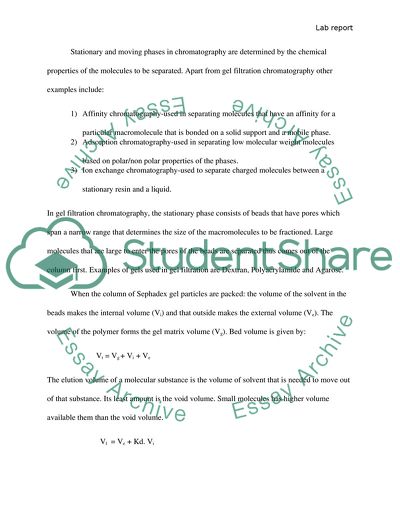Cite this document
(“Separation of Colored Molecules Based on their Molecular Lab Report”, n.d.)
Retrieved from https://studentshare.org/chemistry/1692798-writer-choice
Retrieved from https://studentshare.org/chemistry/1692798-writer-choice
(Separation of Colored Molecules Based on Their Molecular Lab Report)
https://studentshare.org/chemistry/1692798-writer-choice.
https://studentshare.org/chemistry/1692798-writer-choice.
“Separation of Colored Molecules Based on Their Molecular Lab Report”, n.d. https://studentshare.org/chemistry/1692798-writer-choice.


